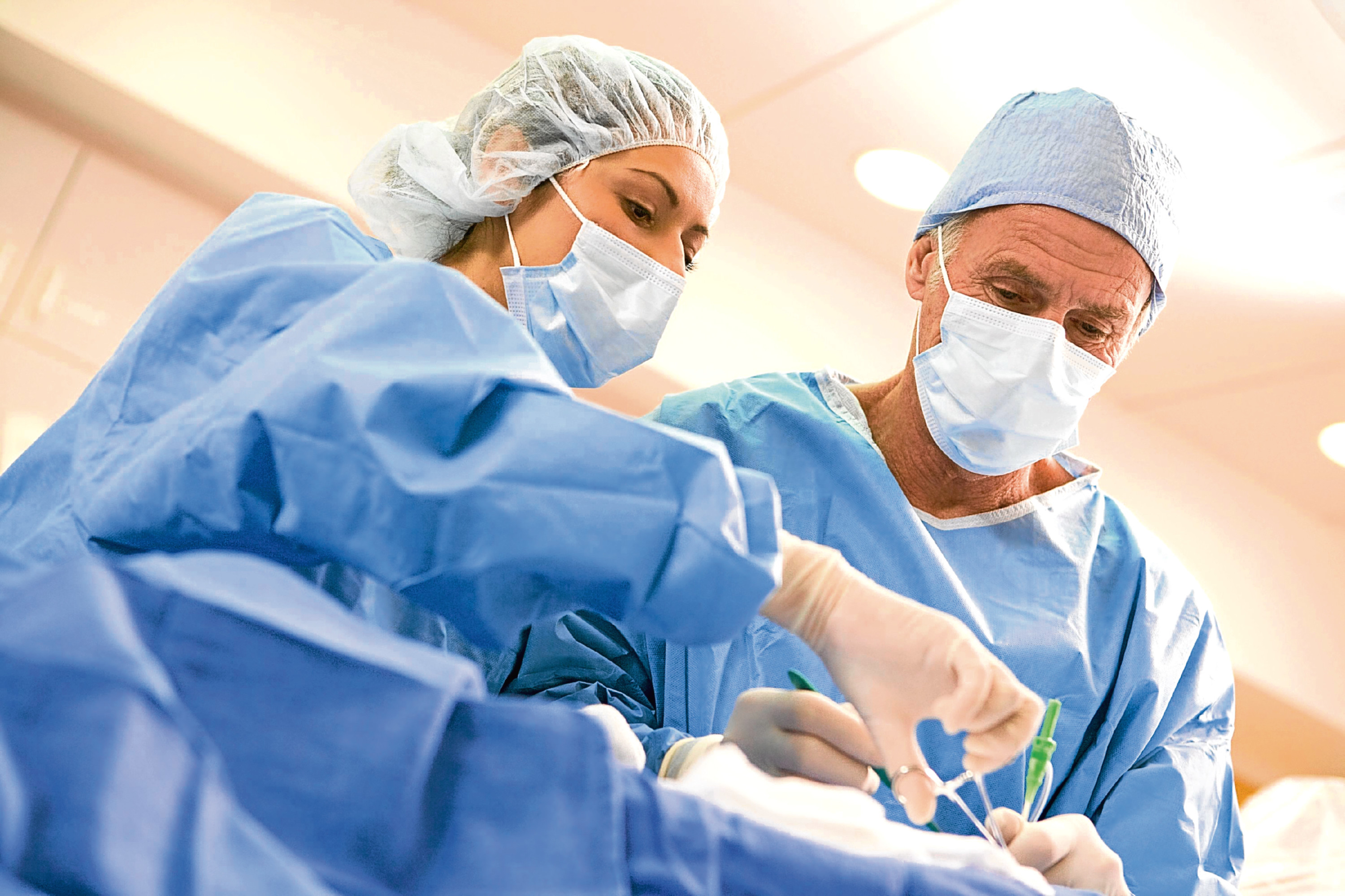
ONCE only found in pencil cases, toolboxes and cluttered kitchen drawers, modern glue has come a long way.
Every day, special variations of glue — often a type of acrylic resin called cyanoacrylate — are used to stick and seal in a wide variety of surgeries and treatments.
Here are just a few examples of the modern medical advantages of adhesive . . .
HEART SURGERY
If you thought Kryptonite was only found in Superman films, think again — it’s the name of a state-of-the-art glue that sticks the breastbone together after open heart surgery.
The Kryptonite has natural properties which promote bone healing, and using it means patients have fewer complications with bone stability and infections, says the Canadian cardiac surgeon Dr Paul Fedak who pioneered it.
VARICOSE VEINS
Around 15% of people in the UK have varicose veins, and another 15% have hidden varicose veins, which can’t be seen on the surface but can cause symptoms including swollen ankles, aching legs and leg ulcers.
Valves in normal veins pump blood back to the heart as people move, but with varicose veins, the valves stop working — so when people stand up, blood rushes the wrong way down the veins and hits the ankle. This stretches the vein walls, making them “varicose”.
Now a special type of superglue, VenaSeal, can also be used to stick together the veins that feed the blue, bulgy varicose veins, eventually making them disappear.
Vascular surgeon Professor Mark Whiteley, of The Whiteley Clinic in London, says: “The glue helps to close the main vein in the leg that causes varicose veins. The amount of glue that’s used is absolutely minuscule.”
He explains that a tube’s inserted into the vein and the patient’s tipped upside down, so the vein is empty. Pressure’s then applied to the vein, so it collapses and becomes very small, and a thin line of glue is applied.
OPEN WOUNDS
During the Vietnam War, glue was used successfully to seal wounds in field surgery, although it wasn’t officially approved.
Since then, however, skin glue is utilised regularly in UK A&E departments to heal minor cuts or wounds with a straight edge, in place of adhesive tape, staples or stitches.
A layer of skin glue takes just a few minutes to set, and will remain there for five to 10 days while the skin heals underneath.
BRAIN ANEURYSMS
Nearly 5,000 people a year in the UK suffer a burst brain aneurysm — a weak spot in a blood vessel that balloons.
The traditional treatment is invasive open surgery through large incisions in the skull, which carries a risk of damaging the brain or critical blood vessels.
But doctors can now use a new superglue-like fluid which, injected into the aneurysm, quickly solidifies and cuts off the blood supply.
Surgeons track long catheters from the femoral artery in the groin into the brain arteries, using x-rays to navigate. They fill the aneurysm with the glue-like fluid, which hardens when it hits the blood, preventing more filling the vessel.
FERTILITY TREATMENTS
A substance known as EmbryoGlue has been helping couples undergoing IVF fertility treatments.
The adhesive contains a substance called hyaluronan, which occurs naturally in the womb and ovaries, aiding the implantation of an embryo by making the area stickier.
Consultant gynaecologist Yacoub Khalaf, a spokesperson for the British Fertility Society, explains that a developing embryo can be cultured in an EmbryoGlue solution before being transferred to the uterus.
“This medium could enhance the embryo’s ability to attach itself to the lining of the uterus,” he says.
“Also, it’s been speculated that the high viscosity of the medium would reduce the risk of embryos failing out of the uterus after transfer.”

Enjoy the convenience of having The Sunday Post delivered as a digital ePaper straight to your smartphone, tablet or computer.
Subscribe for only £5.49 a month and enjoy all the benefits of the printed paper as a digital replica.
Subscribe